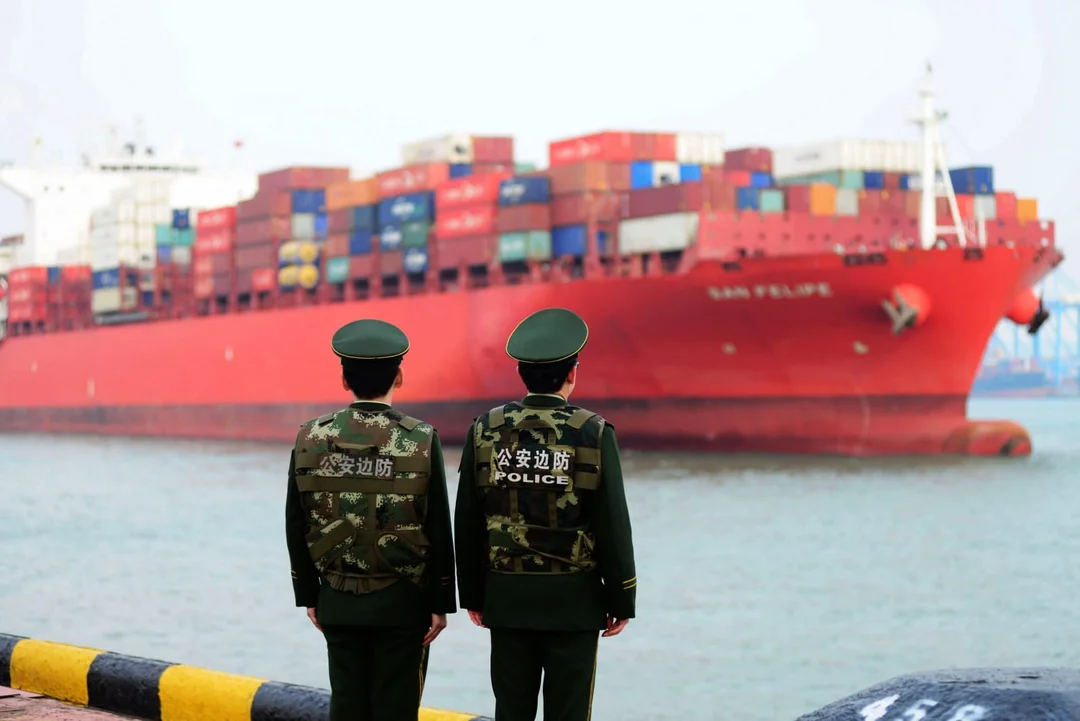
Trump’s Tariff Strategy Sparks Economic Tensions with China
Former President Donald Trump's recent proposal to impose new tariffs on Chinese imports has reignited economic tensions between the United States and China. During a CNN town hall, Trump outlined his plan to counteract what he perceives as unfair trade practices by China, aiming to protect American industries and jobs. This move has sparked a significant reaction in financial markets, with stock indices showing volatility as investors weigh the potential impacts of a renewed trade war.
The proposed tariffs, which could affect a wide range of Chinese goods, are seen as a continuation of Trump's aggressive trade policies from his presidency. Analysts from the Financial Times and Axios have noted that these tariffs could lead to retaliatory measures from China, potentially disrupting global trade flows and affecting U.S. exports. The economic implications are vast, with concerns about rising costs for American consumers and businesses that rely on Chinese products.
As the U.S. and China navigate this complex economic landscape, the world watches closely. The outcome of these tariff proposals could shape international trade relations and influence economic policies worldwide for years to come.
Related issues news
Does China import from the USA?
China's top imports from the U.S. in 2023 were oilseeds and grains, followed by oil and gas. Oilseeds and grain exports fell by $7 billion from 2022 to 2023, and could fall even more substantially under the current tit-for-tat tariff spat between the U.S. and China.
Does China have tariffs?
China Customs assesses and collects tariffs. Import tariff rates are divided into six categories: general rates, most-favored-nation (MFN) rates, agreement rates, preferential rates, tariff rate quota rates, and provisional rates. As a member of the WTO, imports from the United States are assessed at the MFN rate.
Is the US in a trade war?
An economic conflict between China and the United States has been ongoing since January 2018, when U.S. President Donald Trump began setting tariffs and other trade barriers on China with the goal of forcing it to make changes to what the U.S. says are longstanding unfair trade practices and intellectual property theft ...
When did tariffs on China start?
On March 22, 2018, Trump signed a memorandum under the Section 301 of the Trade Act of 1974, instructing the United States Trade Representative (USTR) to apply tariffs of $50 billion on Chinese goods. Trump said the tariffs would be imposed due to Chinese theft of U.S. intellectual property.